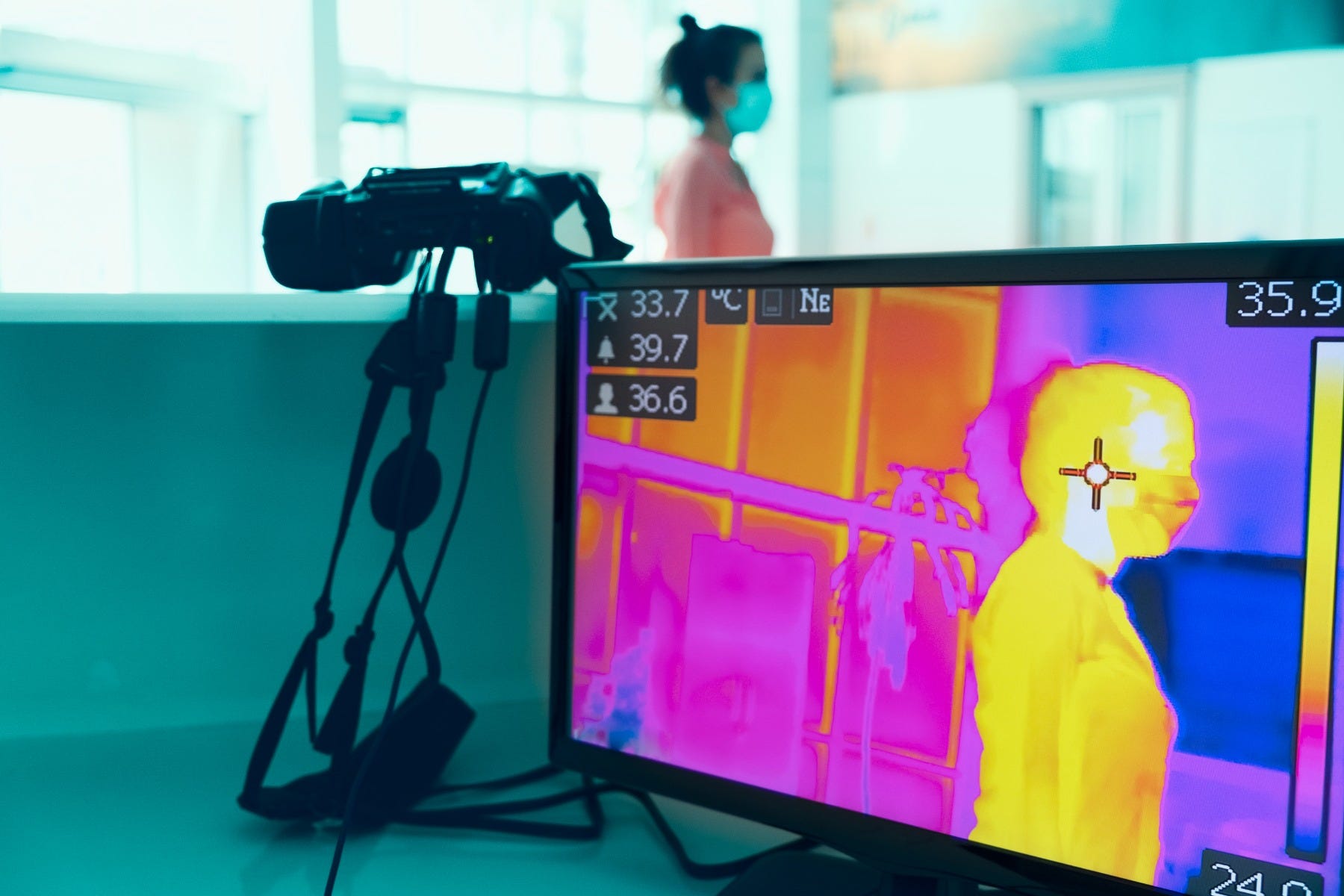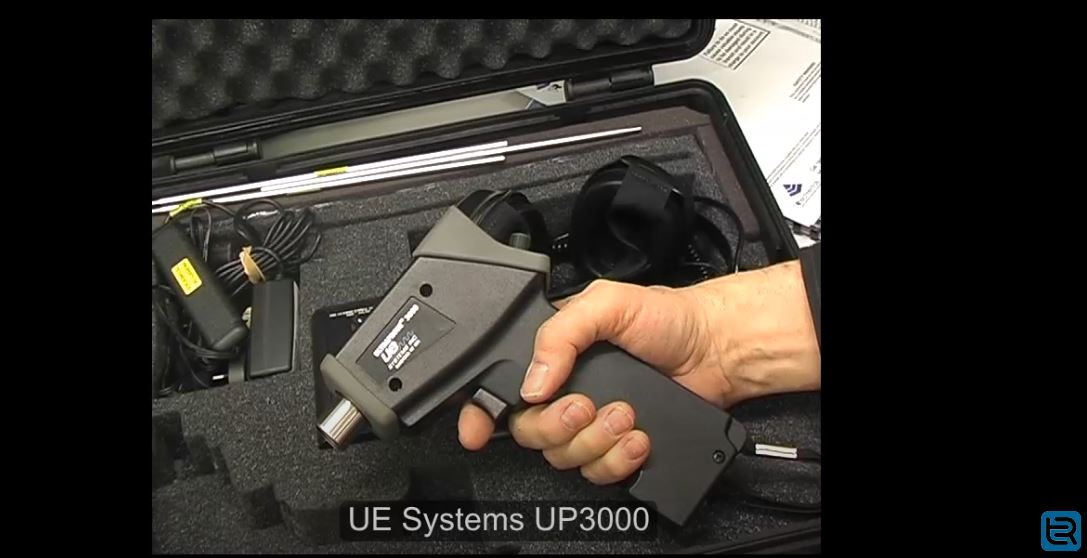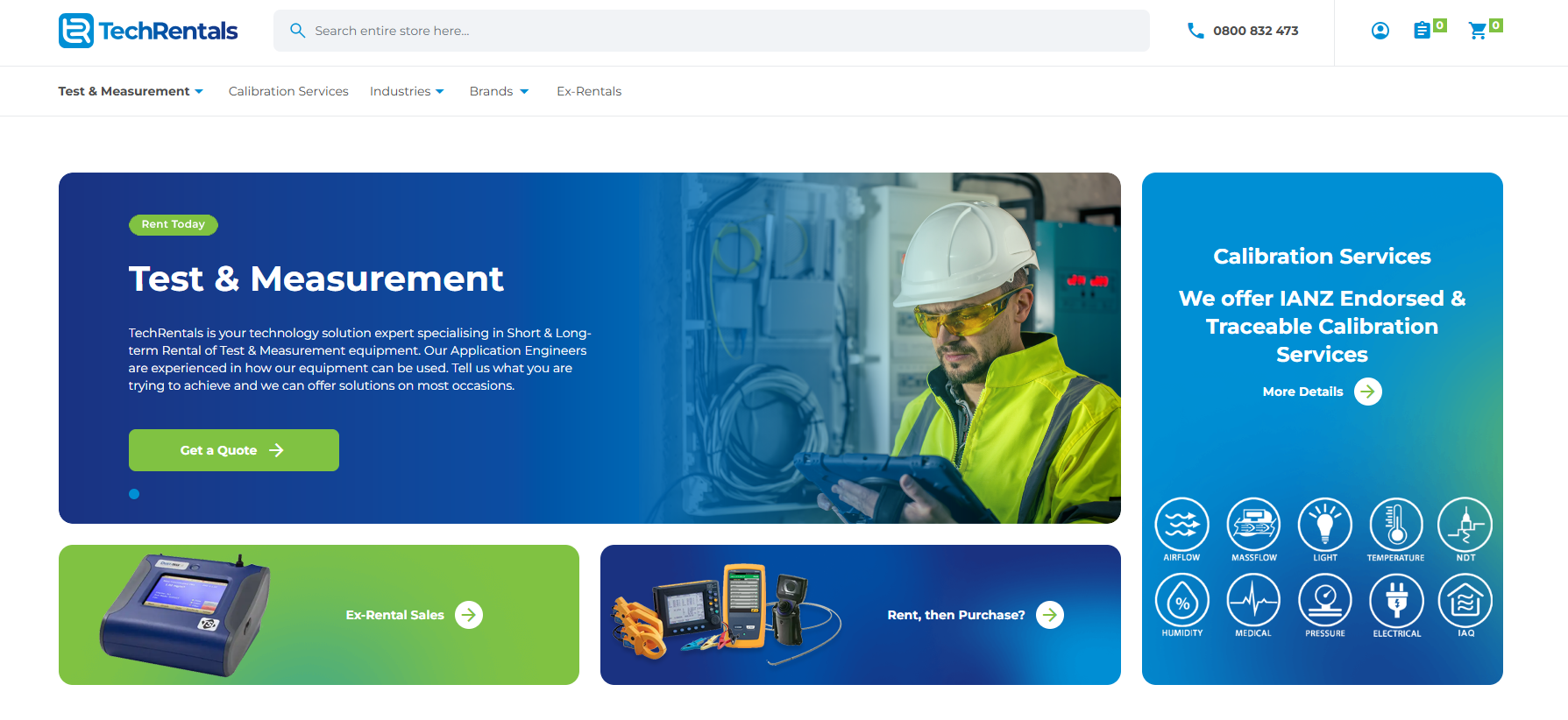Contractors who restore buildings following water intrusion say that a thermal imager can be a time saver and a moneymaker, giving them a competitive edge and adding elements of professionalism and thoroughness to their offerings. “With a thermal imager, you can quickly pan through and find the five percent that’s wet. Once you find that five percent, you take a moisture meter and verify that it’s moisture that’s causing the temperature differences.”
Thermography, the use of a thermal imager or infrared (IR) camera to capture an image of the surface temperatures of objects, is used in a variety of industries to detect problems that reveal themselves as temperature differences. In this article, contractors who restore buildings following water intrusion from storms, floods, broken pipes, etc., describe the benefits of using thermal imagers in their work.
Detecting moisture
Since a thermal imager measures temperature, how does it detect the presence of moisture? The simple answer is, “It doesn’t.” However, in many cases, when wallboard or other structural elements of buildings are wet, there is evaporative cooling. As a result, wet building components appear cooler than dry components of the same material and produce telltale cool areas on thermal images.
Rod Hoff, a thermography instructor and thermal imager specialist with Restoration Consultants (Sacramento, CA), describes the process a restora- tion contractor typically uses: “When a customer has a flood situation, for example, or broken pipe, the remediator will extract the standing water. Then the walls, ceiling, and floors can be returned to an acceptable moisture condition. Removing moisture from these areas requires evaporation which results in surface moisture evaporating into the air. Due to evaporative cooling, there’s generally going to be a lower temperature of about two to five degrees in the wet areas.” Hoff explains that when using the thermal imager, a contractor can see where walls, ceilings and floors are cooler. That may be a place where evaporative cooling is taking place. He refers to such spots as areas for investigation. “We’re careful not to define the problem using only the thermal imager,” Hoff emphasizes. We do not look through a thermal imager and say, ‘That’s moisture,’ because moisture and missing insulation may look the same on a cold day.” The primary tool for confirming that cool spots are the result of evaporative cooling is a non- invasive moisture meter. Then, if necessary, they use an invasive process using a borescope or penetrating moisture meter. According to Hoff, moisture meter readings are generally based on the resistance and conductivity of a material. It is effective because water conducts electricity well. “In fact,” Hoff warns, “one has to be careful to use a moisture meter properly. Metal corner beads and nails also conduct well and can set off a moisture meter.”
Saving time and money
Restoration contractors are reporting quick paybacks on thermal imaging cameras. At Stanley Steemer of Ocala, FL, John West reported that the company’s thermal imager landed them an $850,000 contract to dry down a 600- unit condominium following a hurricane and then a $349,000 contract the following year for flooding in the same complex. Those two jobs alone paid for their imager many, many times over.
Water damage calls for fast responses, especially when dry downs are an option. “Some molds and microbes can start to grow on wet materials in just a few days,” West says. “If we can locate the moisture and get it dried down before any growth can occur we have saved the customer money and time.” Consider what’s required of a restoration contractor facing extensive flood or storm water intrusion and with no thermal imager. That contractor, as Hoff points out, faces a daunting task. “If you have several thousand square feet of wall, ceiling and floor and five percent of the areas are wet, but you don’t know where it’s wet, you’d have to check all of that area with a moisture meter,” Hoff notes. “With a thermal imager, you can quickly pan through and find the five percent that’s wet. Once you find that five percent, you take a moisture meter and verify that it’s moisture that’s causing the temperature differences.” Dean Ragone of allRisk Property Damage Experts (Summerdale, N.J.) likes using a thermal imager because of the documentation it provides. “When we have a large water infiltration,” he says, “we have the ability to document condi- tions with the pictures, and then we just email those to the insurance company. It makes everything so much smoother, and it’s the kind of validation that the insurance company needs.” After a contractor locates areas of wetness, the next step is to use blowers, fans, desic- cants, refrigerant dehumidifiers, etc., to dry down wet areas. Of course, wet areas dry unevenly. If the only tool available to determine what’s still wet and what’s dry is a moisture meter, there can be “false positives” for dryness if a reading is taken between two dry areas. By contrast, a thermal imager can reveal the wet areas.
Suppose a contractor were to walk away from a job and leave wet spots in the walls, floors or ceilings and the only documentation of the work done is lists of moisture meter readings. Suppose further, that within weeks or months mold appears in a “restored” area. What defense would the contractor have given the possibility of false positives? By contrast, if the contractor had used a thermal imager, there would be documentation of a thoroughly dry structure at job completion. Hoff says, “Having before and after images, backed up by moisture measurements, is the best documentation to pro- tect yourself and provide proof to the customer that the dry down was effective, whether the customer is a building owner or an insurance company.” The thermography trainer also says, “Documentation is one of the biggest motivations for using a thermal imager. If a con- tractor loses a law suit because of lack of documentation, the amount of the loss probably could have paid for an imager several times over.”
Securing a competitive advantage
Stanley Steemer’s West tells how his team took over the job from the competition on the 600-unit condominium job mentioned earlier: “The imager helped us a bunch on that first loss. There were two competitors on the job site, but the property managers realized that they just weren’t getting it done. So, they called us.”
Doing IR detective work Dean Ragone at All-Risk refers to the use of the company’s thermal imager for finding water in structures as forensic thermography. His company actually invoices for thermal imaging using that description, and it is an apt designation. In many cases thermography has discov- ered problems that otherwise would have been overlooked. Jason Redding of Horizon Restoration (Portland, OR, and other locations) cites one such example. Following an eight- unit apartment fire, the original scope of work issued by the governing authority did not include removal of the drywall ceiling in one of the lower units. Chris Rossi, one of Horizon’s certified technicians, decided to check the ceiling of the lower unit. IR images showed temperature differences in the ceiling, probably due to wetness. “Using the IR photos and subsequent testing with moisture meters, we were able to professionally demonstrate to the insurance company that the ceiling was wet, and had to be removed,” Redding says. “The owner of the building subsequently issued a change order for the removal of the dry- wall ceiling in that unit.”
Selecting a thermal imager
Hoff, the thermography instructor, believes that the best thermal imager for most restoration contractors is a highly sensitive model with IR-Fusion® technology. With moisture-related temperatures, differences of just a few degrees matter. Thermal imagers designed for building diagnostics feature greater thermal sensitivity than general-purpose models. Make sure your imager can detect a difference of two to four degrees in temperature, or less. Fluke IR-Fusion blends thermal and digital images on the imager’s screen, making it much easier to clearly identify critical points within the image. “It is truly state of the art,” says Hoff. “Prior to the IR-Fusion technology, we had to carefully position ourselves with a second camera, a visible light camera, with the goal of taking a duplicate image in visible light. Then came the task of matching them up with the thermal image in a report. Notice, in the images on the left, how IR-Fusion eliminates confu- sion. First we have an image of a thermographer’s nightmare (Figure 1). What is it? But, using the blending level bar in the IR-Fusion imager we can quickly see that we are looking at an anomaly on a block wall (Figure 2). We can even do better. By switching to the “picture-in- picture” mode, we can see the context of the thermal image (Figure 3). We can even count over and count down to identify exactly where the anomaly is.
[Insert Figure 1]
[Insert Figure 2]
[Insert Figure 3]
Fluke. Keeping your world up and running.®
Fluke Corporation PO Box 9090, Everett, WA 98206 U.S.A. Fluke Europe B.V. PO Box 1186, 5602 BD Eindhoven, The Netherlands For more information call: In the U.S.A. (800) 443-5853 or Fax (425) 446-5116 In Europe/M-East/Africa +31 (0) 40 2675 200 or Fax +31 (0) 40 2675 222 In Canada (800)-36-FLUKE or Fax (905) 890-6866 From other countries +1 (425) 446-5500 or Fax +1 (425) 446-5116 Web access: http://www.fluke.com
©2007-2014 Fluke Corporation. Specifications subject to change without notice. Printed in U.S.A. 10/2014 3185617b-en
Modification of this document is not permitted without written permission from Fluke Corporation



